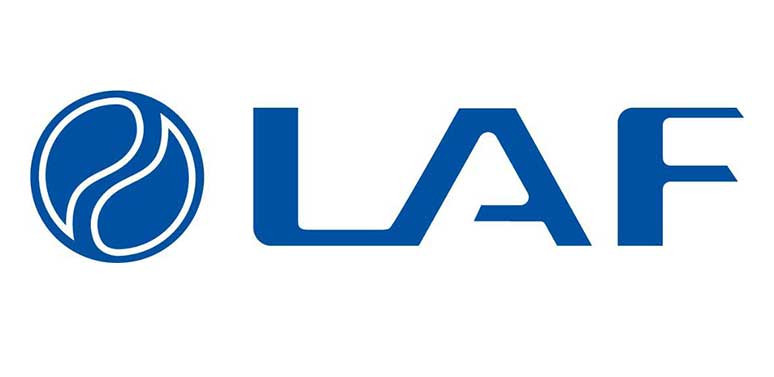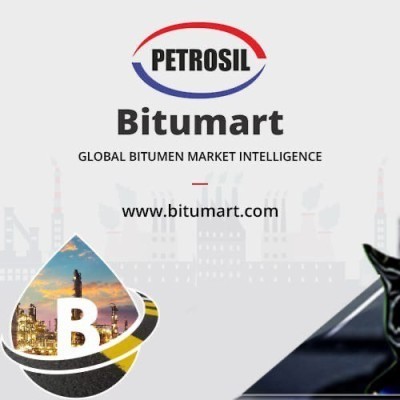Saudi Aramco, which is the world’s largest petroleum company, continues to send petroleum and fuel tankers through the southern Red Sea, despite Yemen’s attacks on the ships of Israel.
Mohammad Al-Ghahtani, head of Aramco’s petroleum refining, trading and marketing business, said in an interview at the company’s headquarters in Dhahran: “We’re moving in the Red Sea with our oil and products cargoes. The associated risks are manageable.”
This decision contrasts with the reaction of a number of other tanker owners who decided to stay away from the Red Sea region after the United States and England bombed parts of Yemen. In response to these attacks, the Yemeni armed forces announced that the ships of both countries will be targeted along with the ships of Israel, which caused marine warnings for commercial ships to stay away from this area.
Even before the US and British attacks, which have been ongoing since January 12, hundreds of container ships and many other commercial vessels have departed from the Red Sea region. This area is the inevitable route for trade ships between Asia and Europe that want to pass through the Suez Canal. This causes longer journeys and delays for all types of cargo, from fuel to auto parts, as many ships take a longer route around Africa. It also exacerbates concerns about the return of inflation.
The Saudis have called for restraint in the American and British attacks against Yemen and are trying to keep their peace talks alive with this country. Saudi Arabia seeks to end its military involvement in Yemen’s civil war.
Saudi Arabia’s geographic location, with the Red Sea in the west and the Persian Gulf in the east, makes it difficult for OPEC’s largest producer not to use this region. Aramco regularly brings crude oil and fuel from the Persian Gulf, home to the country’s largest oil fields and major refineries.
Tanker tracking statistics compiled by Bloomberg show that since the conflict began, a steady stream of shuttle tankers have entered and exited the southern Red Sea, including the Jizan refinery in the Red Sea. A shipment of fuel for Jordan has also passed.
However, Aramco’s clients have so far this month not shipped any petroleum through the Red Sea, which is otherwise sent through the waterway via Egypt to buyers in the West. However, such a stream is intermittent because the majority of Saudi Arabia’s petroleum exports go to Asia.
According to ship tracking data, at least two other tankers that loaded Saudi petroleum in Ras Tanura and fuel in Jubail, both in the Persian Gulf, took the African route on their way to Europe instead of taking the shorter route through the Red Sea.
Al-Ghahtani said: “Saudi Aramco also uses a pipeline to send some petroleum from its main fields in the east to the shores of the Red Sea, and from there, petroleum can be exported through the Suez Canal.”
In the first half of January, Aramco shipped the same amount of crude from its Red Sea terminal in Yanbu north to Europe as it did in the entire last month, ship tracking data compiled by Bloomberg showed.
Al-Ghahtani said: “This gives us great access and authority. We are evaluating the situation almost daily.”
However, like the rest of the industry, Aramco is having to deal with fewer ships willing to travel to the Red Sea and higher insurance costs to do so, according to a Bloomberg report.



















